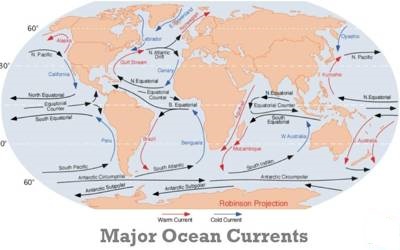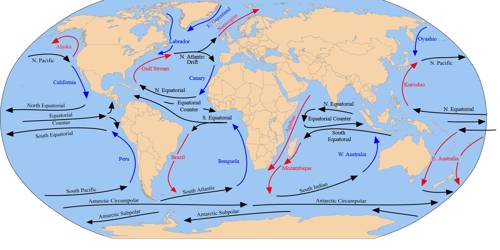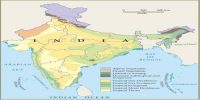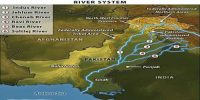Major Ocean Currents
Ocean currents are like river flow in oceans. They represent a regular volume of water in a definite path and direction. Major ocean currents are greatly influenced by the stresses exerted by the prevailing winds and Coriolis force. The oceanic circulation pattern roughly corresponds to the earth’s atmospheric circulation pattern. The air circulation over the oceans in the middle latitudes is mainly anticyclonic (more pronounced in the southern hemisphere than in the northern hemisphere). The oceanic circulation pattern also corresponds to the same. At higher latitudes, where the wind flow is mostly cyclonic, the oceanic circulation follows this pattern. In regions of pronounced monsoonal flow, the monsoon winds influence the current movements. Due to the Coriolis force, the warm currents from low latitudes tend to move to the right in the northern hemisphere and to their left in the southern hemisphere.
The oceanic circulation transports heat from one latitude belt to another in a manner similar to the heat transported by the general circulation of the atmosphere. The cold waters of the Arctic and Antarctic circles move towards the warmer water in tropical and equatorial regions, while the warm waters of the lower latitudes move polewards. The major currents in the different oceans are shown in Figure.
















